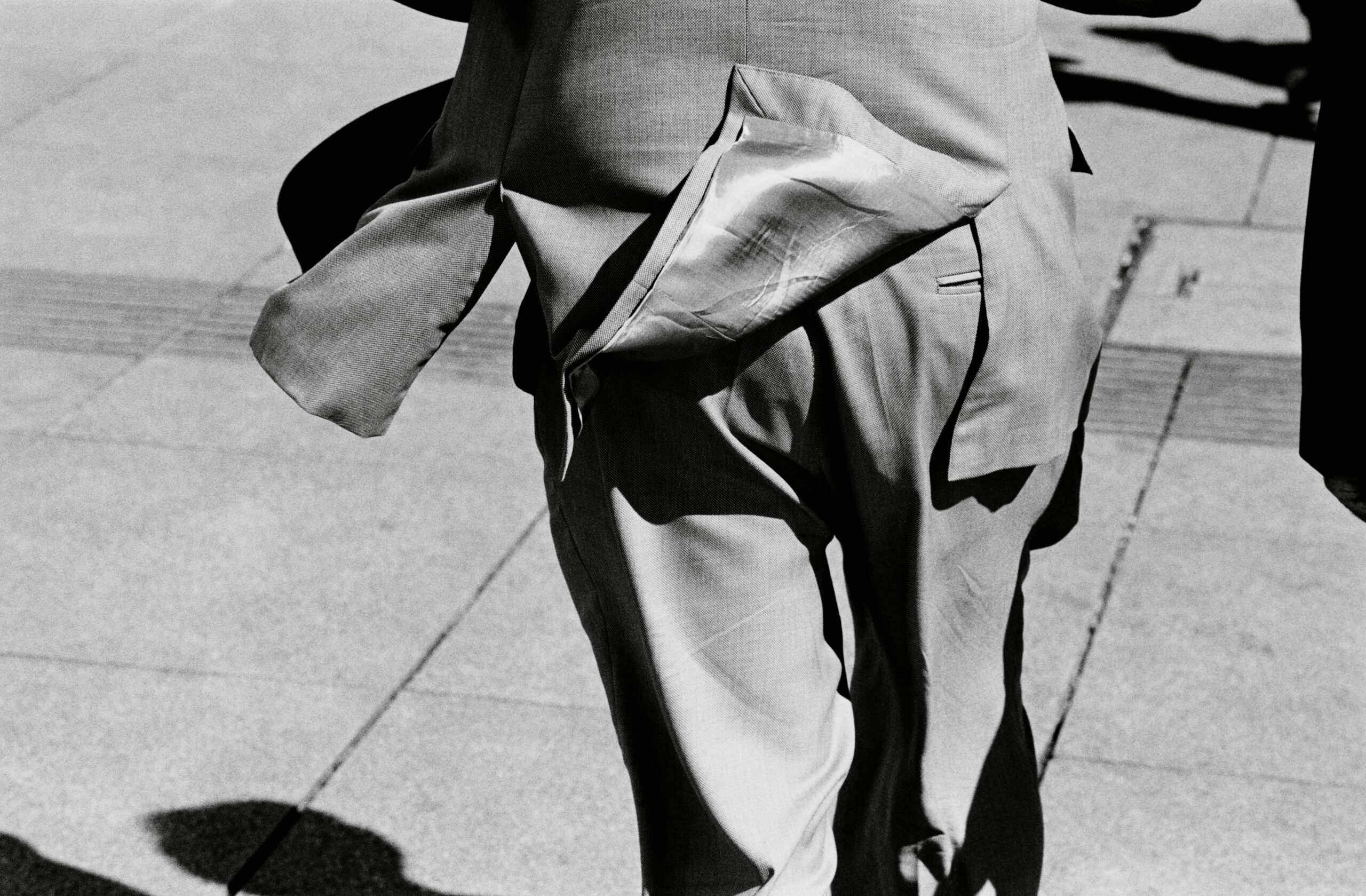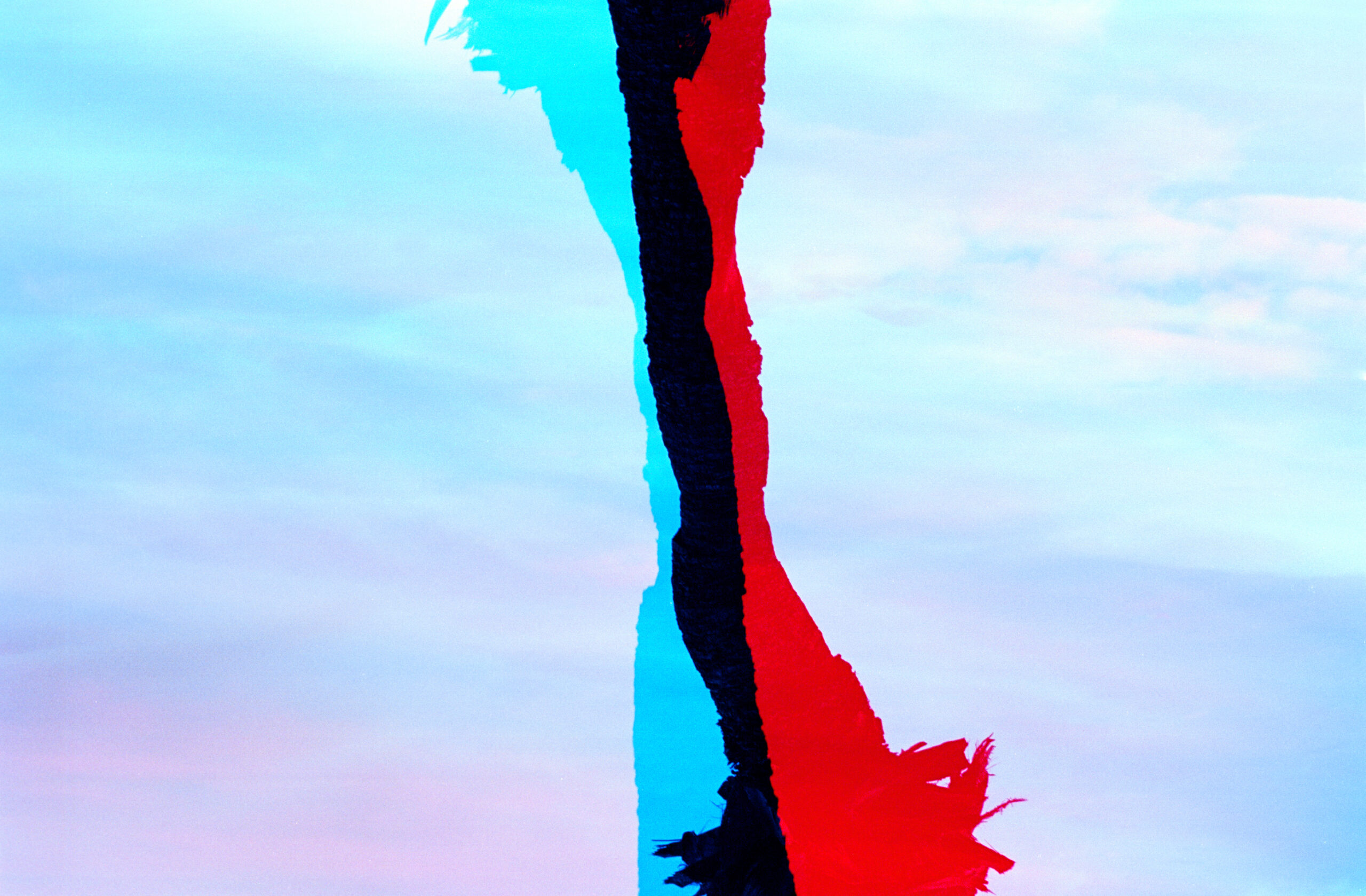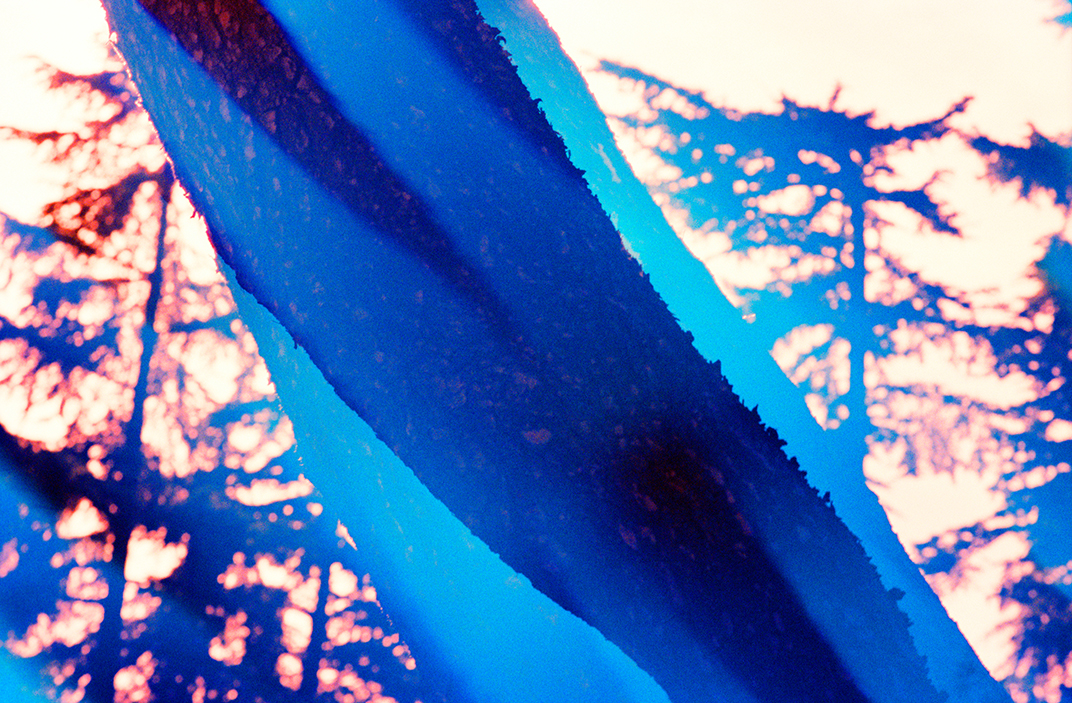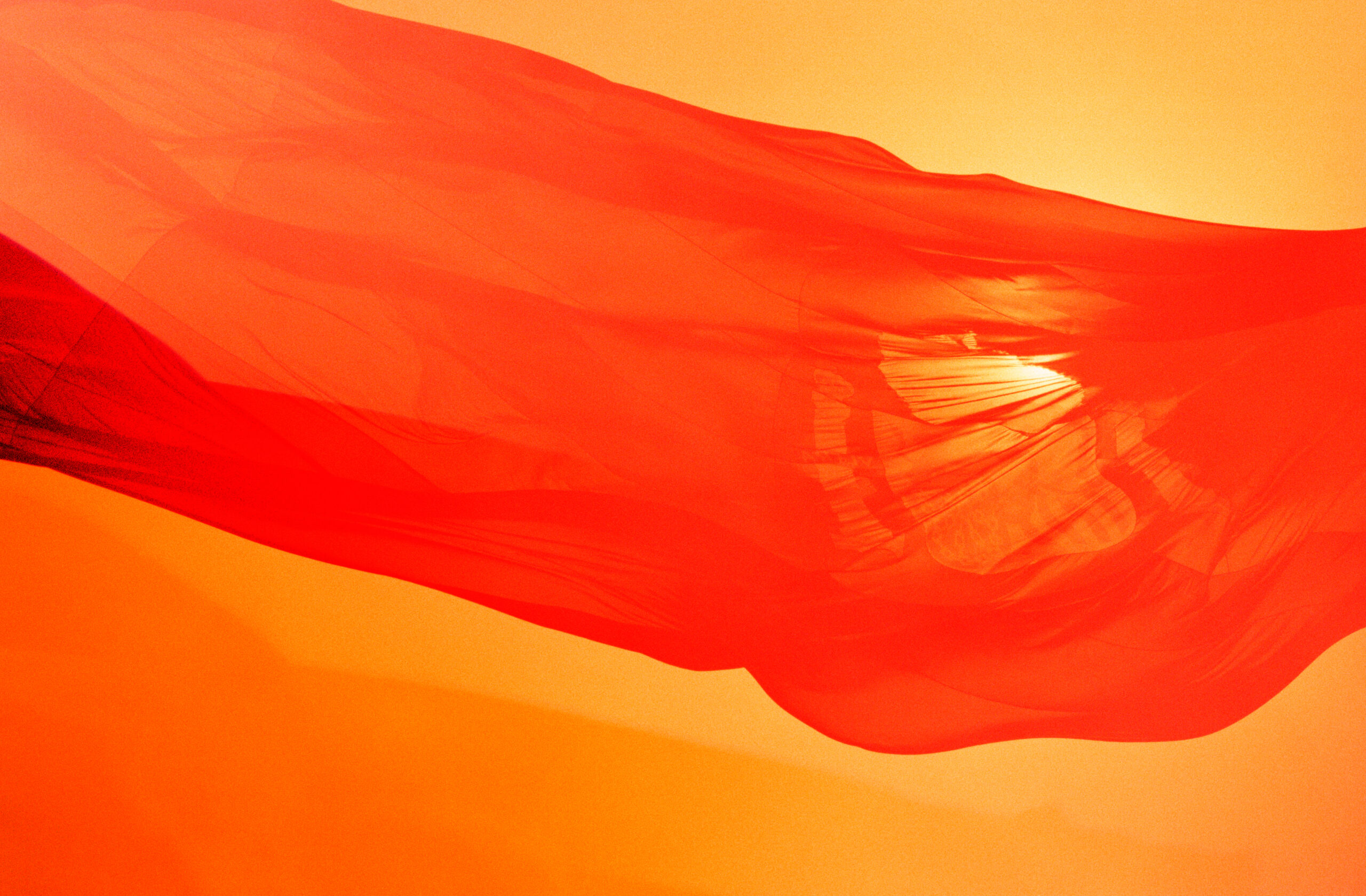
A
Group A gathers the results of a study, carried out from 2008 to 2013, that explores the relations of dependence that human beings have established with their urban environment and the way in which, after becoming aware of this oppressive relationship that alienates them from their own essence, they free themselves from it in order to return to a primitive state where they are in direct contact with nature.
This evolution is articulated in four complementary blocks: man, the city, the collapse of the straight line, and the return to nature. Man, uniformed in dark suits, possesses creative power but remains subject to the very surroundings he has designed and domesticated in order to feel sheltered from potential external threats. This illusory sense of safety leads him to lose contact with himself and wander disoriented within his own labyrinth. The city becomes a prison in which the crosswalks represent the final and most perfect distillation of the urban sign, capable of articulating and musicalising the everyday motions of man. The collapse takes place when man realizes that the straight lines used to build his refuge have become the very bars that confine him. In order to escape, he surrenders to the weight of matter that condemns him to reality, and blends into the asphalt. The journey home, the journey back to nature, thus begins.

B
Group B is the second stage of evolution in the study of the plastic transformation undergone by matter. After leaving the city (group A), I head towards a place in which the two main coastal plains, the vertical line formed by the palm tree and the horizontal line of the sea, are in charge of preserving a constant geometric pulse.
The Cross that is born from this encounter unveils the secrets hidden in the change of states that matter itself undergoes, thus opening a door through which we can travel from a solid reality towards the frontiers of liquid abstraction.

AB
The starting point of Group AB is a shared aesthetic between groups A and B. In order to carry on with the study of the transformation cycles that define matter, and to visually portray the gap between liquid and gas, I placed a fragmented lens in front of the camera lens, which meant that the photographic structure of each negative would be forced to decompose. By breaking the chains of figuration, form is freed from gravity and is able to elevate itself until it dematerialises in the air.

0
After photographing matter in its solid, liquid and gas states, I approach the fourth element which, together with the other three, defines these changes: fire. In order to make this fourth movement visible, instead of using elementary symbolic structures like the ones used in the previous three projects (A, B and AB), I turn to a current symbol that has been created by man, the Flag.
The purpose of group 0 is to extract the internal landscapes that are part of this quintessential sky-land axis, and to dematerialise its emblem by turning it into air by means of an incandescent plastic treatment. This transformation takes us back to the city, the most solid part of reality and the place in which group A initiated this photographic study about the cycle of the transformation of matter.

